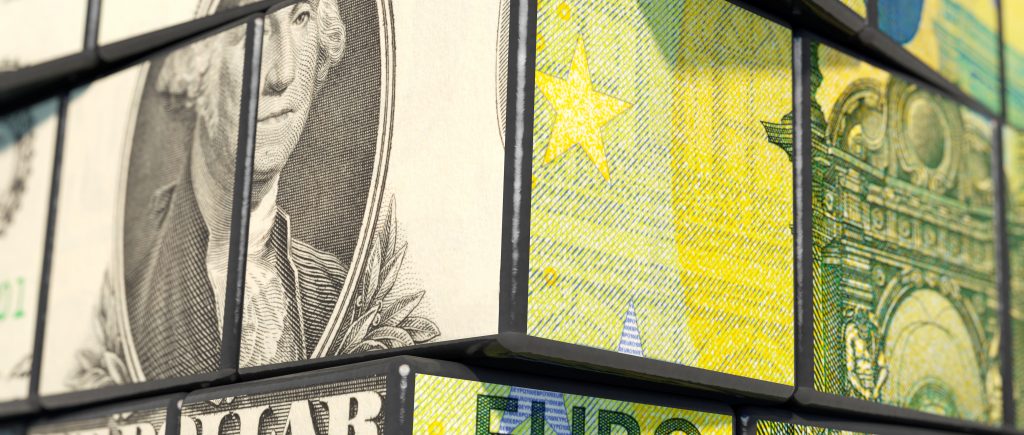The Euro (EUR) maintained strength against the U.S. Dollar (USD) on Friday, August 8, 2025, with the EUR/USD pair trading at 1.1648, down slightly by 0.14% but holding close to the weekly high near 1.1700. The pair’s resilience comes as the dollar faces a weekly loss of over 1.84%, driven by disappointing U.S. employment data and growing expectations of a Federal Reserve rate cut in September. Optimism surrounding a potential ceasefire in Eastern Europe, possibly discussed at a Donald Trump-Vladimir Putin meeting next week, has further bolstered market sentiment, supporting the euro’s gains despite a modest dollar recovery.
Recent U.S. economic data has fueled concerns about a softening labor market, with Initial Jobless Claims rising to 226,000 last week, surpassing expectations, and Continuing Claims hitting 1.97 million, the highest since November 2021. These figures, combined with persistent inflation pressures, have raised fears of stagflation, potentially influencing the Federal Reserve’s policy direction. Alberto Musalem, St. Louis Federal Reserve President, adopted a balanced tone, noting risks to both inflation and employment goals, suggesting the Fed must weigh the likelihood and duration of missing its dual mandate targets.
The euro’s advance was tempered by speculation over Federal Reserve leadership changes, with Stephen Miran nominated to the Fed’s Board and Christopher Waller rumored as a potential successor to Jerome Powell as Fed Chair. These developments capped the EUR/USD’s push toward the year-to-date peak of 1.1829. In the Eurozone, a quiet economic calendar left traders focused on U.S. developments and geopolitical updates, with next week’s data—including inflation figures from Italy and Germany, the ZEW Economic Survey, and Q2 GDP—expected to provide fresh direction.
Technically, the EUR/USD pair stalled just below 1.1700 after breaking above the 20-day Simple Moving Average at 1.1624. The Relative Strength Index remains in bullish territory but shows signs of weakening momentum, hinting at potential consolidation. A sustained move above 1.1700 could target 1.1800 and the yearly high of 1.1829, while a drop below the 20-day SMA might test the 50-day SMA at 1.1604 or the 1.1600 level. With U.S. data releases like the Consumer Price Index, Retail Sales, and Michigan Consumer Sentiment survey due next week, alongside Fed commentary, the euro’s path will hinge on economic and geopolitical developments.

 Noor Trends News, Technical Analysis, Educational Tools and Recommendations
Noor Trends News, Technical Analysis, Educational Tools and Recommendations




